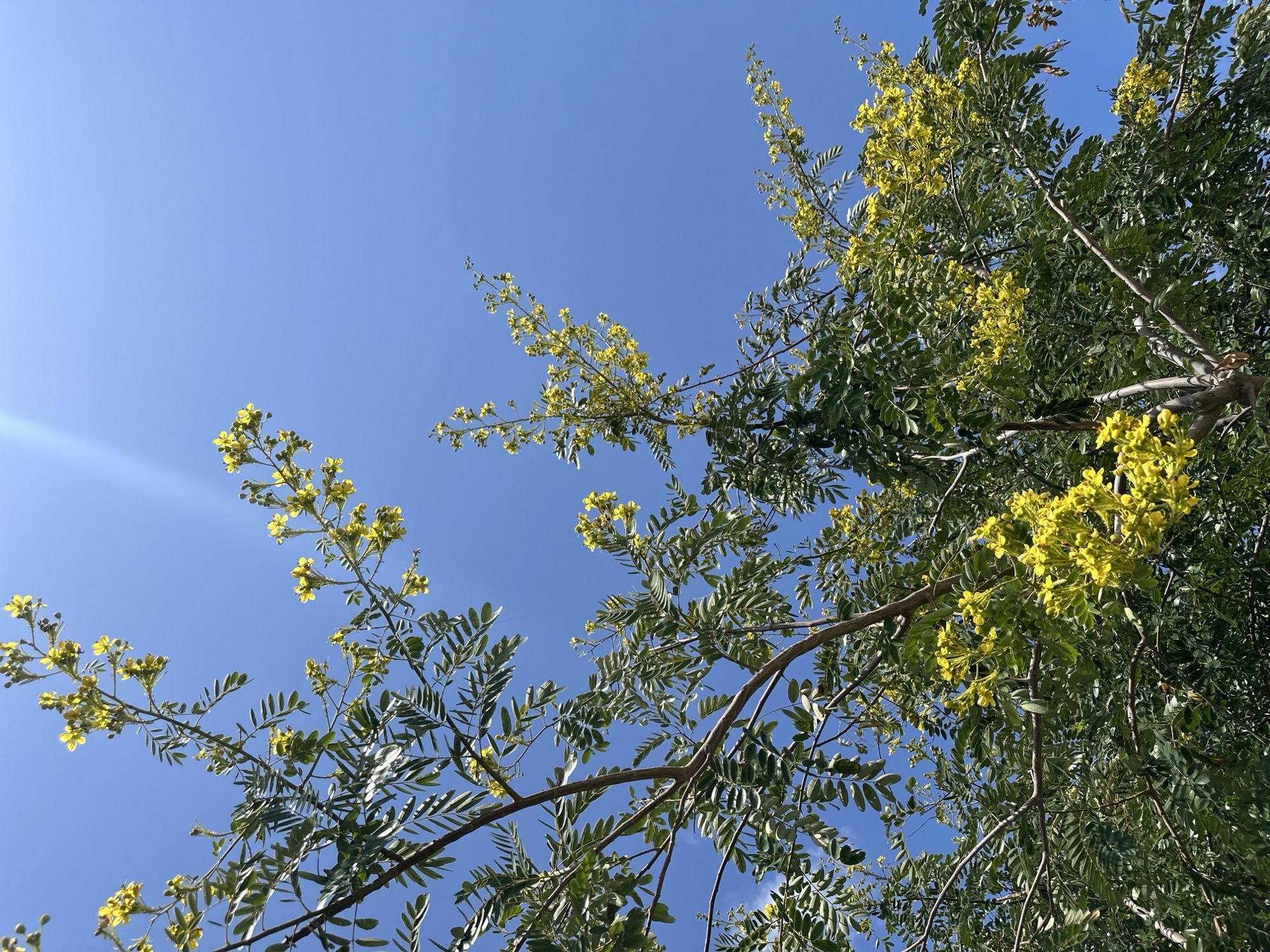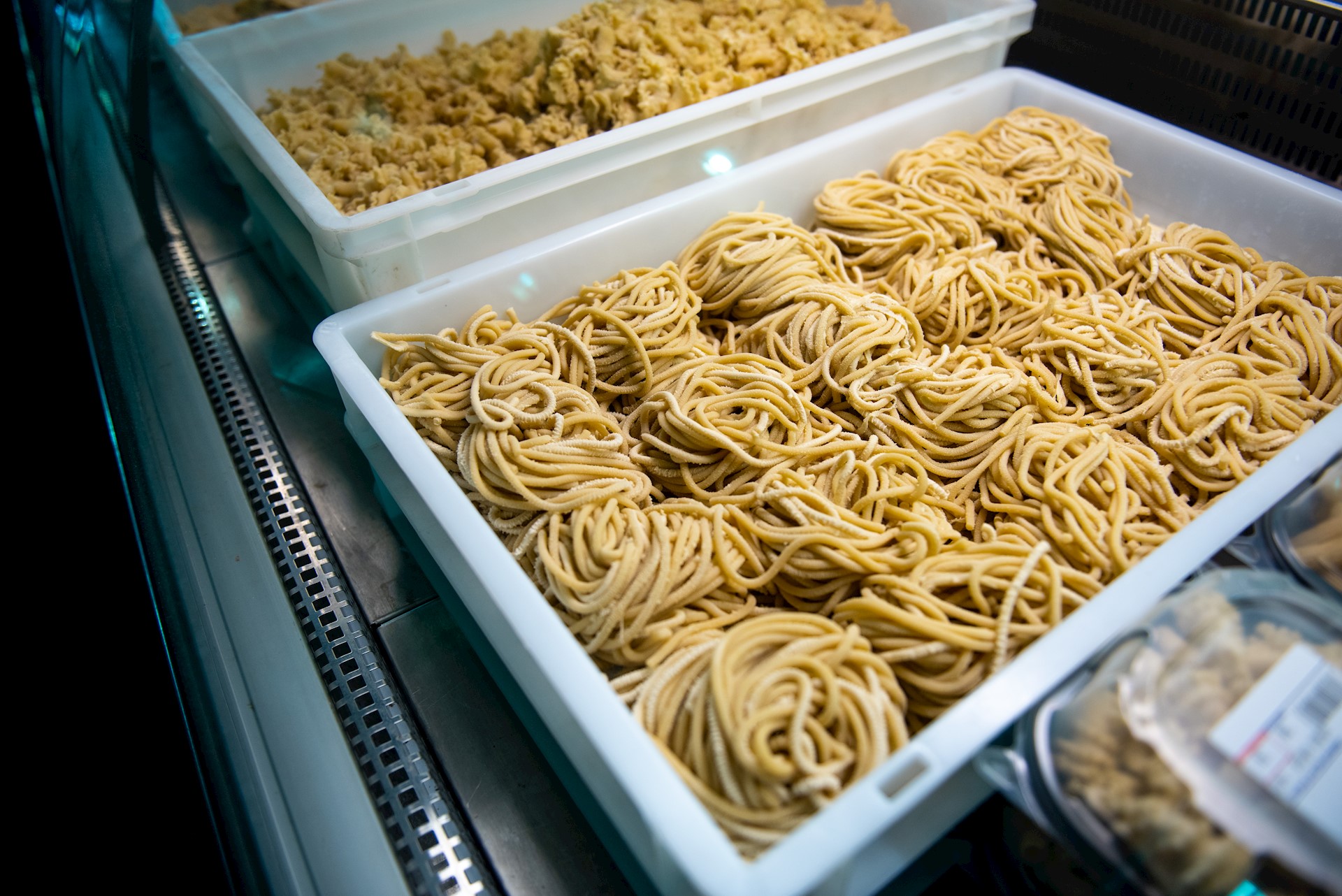
Sunshine is irrevocably associated with happiness, and I’m even willing to wager most people can’t say the phrase “sunshine tree” without at least cracking a smile.
That is because studies show exposure to sunlight signals our brains to release a hormone called serotonin, which is unsurprisingly linked with boosting mood and enhancing calm feelings. I am also willing to wager that the sight of sunshine tree, or Cassia surattensis, will conjure joyous emotions, and prompt the same soothing literal and figurative warmth as our solis, which is Latin for sun.
Currently bursting with flowers along Bismarckia Way in Camana Bay, Cassia surattensis is thriving in its desired location of full sun. It can handle some shade, but this may affect the uniformity of flowering. In full sun, the yellow flower clusters of sunshine tree explode vertically from terminal racemes, mimicking bright sunbeams. This trait is rather unlike other species in the Cassia genus, where we see pendulous clusters best appreciated from underneath the canopy — a characteristic that makes them easy to identify from a considerable distance.
Native to northern Australia and tropical Asia, it is widely used in tropical and pantropical locations as an ornamental and often a street tree. It flourishes in sandy soils when properly watered upon establishment and will flower year-round with little-to-no known pest and disease issues. Trees like C. surattensis — which require minimal maintenance, have low watering needs and do not require the use of excessive chemical applications to keep them healthy — are unbeatable choices for the landscape.
But the memorable features don’t stop at the surface of the sunshine tree — a closer look reveals the underside of leaves are very glaucous, a term used to describe a covering of powdery greyish-green or blue waxy coating. The same coating can be found on blueberries and grapes and is used to describe the wings of some seagulls. Rounding out interesting qualities, the seed pods are long and tubular, akin to all plants in the Fabaceae — or pea — family whose seeds must undergo an intriguing technique to reach germination. Because the seeds of the sunshine tree are armed with an impermeable and waterproof coating, they must endure a process called scarification to expose the seed which will allow water absorption, and thus improve the rate of germination.
Topping out around 30 feet with a spread roughly two-thirds the height, it would be tough to regret bringing the sunshine tree into your home garden.
This article was published in the June 2024 print edition of Camana bay Times.


